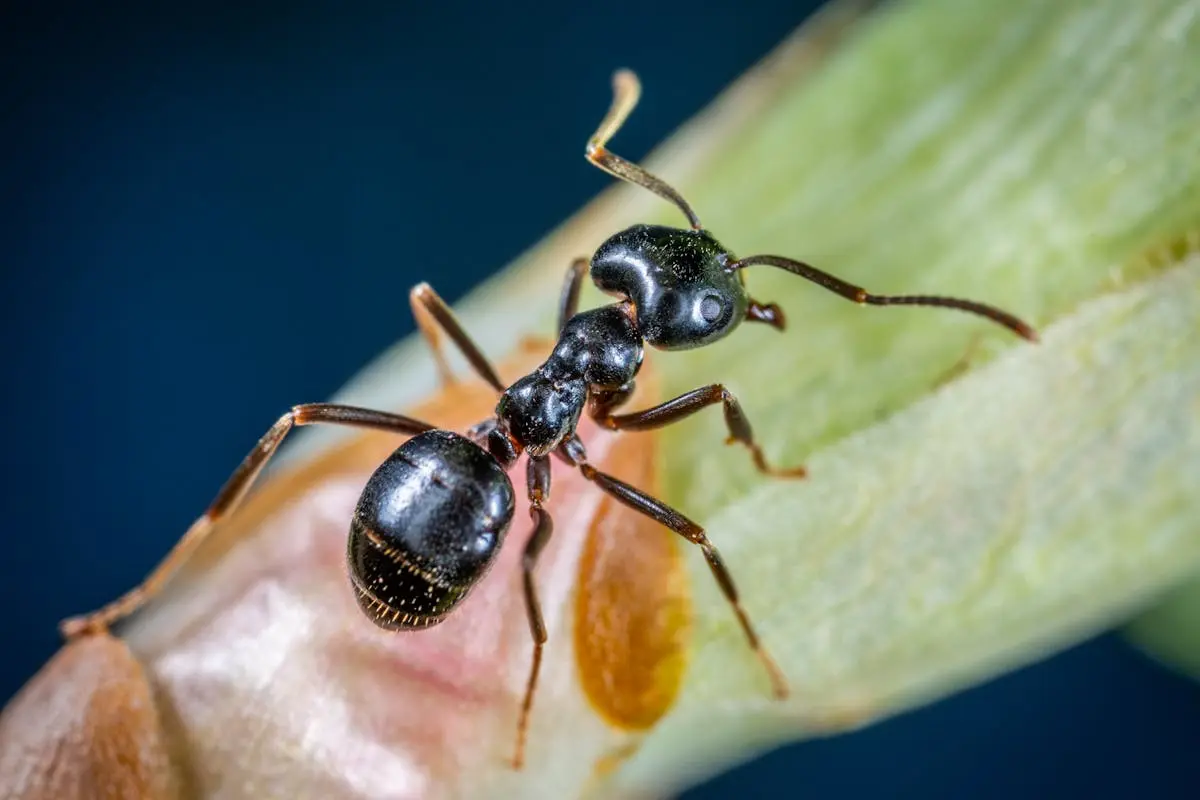There’s nothing quite like the warm months to enjoy the great outdoors, but with them can also come the less welcome flying ants. Invading your space with a determination that can only be matched with preparedness, these pests can turn a serene summer into a stressful ordeal. Discover how to keep your home and outdoor spaces free from the hassle of flying ants with these essential tips.
Understanding Flying Ants and Their Behavior
Flying ants, often mistaken for termites, are actually a natural part of the ant life cycle, known as the nuptial flight phase. During certain times of the year, usually in the warmer months, these ants sprout wings to venture out, breed, and establish new colonies. Understanding this behavior is crucial as it can inform the timing of your prevention methods. Recognizing that these flights are not random but a sign of an existing colony can help homeowners target their efforts more effectively.
The conditions for their flight are quite specific, combining warm temperatures, high humidity, and often following heavy rain. This predictable pattern can serve as a warning to homeowners to take preventative measures before the ants attempt to establish new colonies nearby or even within their homes.
Identifying the Signs of a Flying Ant Infestation
Early detection of a flying ant infestation is key to preventing their spread. Before the nuptial flight, these ants may be seen scouting around windows, doors, and other openings to the outside. Another telltale sign is the presence of flying ants inside your home, indicating that a colony may be established nearby or within the structure itself. Spotting discarded wings near windowsills or doors can also suggest that a swarm has taken place inside the house.
It’s important to pay attention to these early signs and not dismiss them as a one-off event. A single flying ant may be a scout for a much larger colony ready to expand their territory. Homeowners should be vigilant and inspect their homes regularly for these indicators.
Natural and Chemical Solutions for Flying Ant Prevention
For those preferring to avoid chemicals, natural deterrents can be surprisingly effective. Utilizing substances like vinegar, a natural ant repellent, around potential entry points can deter ants. Similarly, essential oils such as peppermint oil not only repel flying ants but can leave your home smelling fresh. These solutions, while safer for families and pets, may require more frequent application.
When natural methods are not enough, chemical solutions such as ant baits, insecticides, and perimeter treatments can offer a more robust defense against flying ants. It’s critical to choose products specifically designed to target ants and follow the application instructions closely to ensure safety and effectiveness. Professional pest control services can also provide customized solutions tailored to the specific needs and layout of your home.
Practical Steps to Safeguard Your Home Against Flying Ants
Maintaining your home’s exterior is one of the most effective ways to prevent flying ants from invading. This includes sealing cracks and crevices in walls, ensuring windows and doors are properly fitted with screens, and replacing any damaged weather stripping. Regularly clearing debris and standing water from around your property removes nesting sites and reduces moisture, which attracts ants.
Regular inspection and maintenance of your home’s foundation, roof, and any wooden structures can also prevent the establishment of new colonies. Flying ants are often attracted to damaged wood, so replacing or treating any affected areas can deter them from settling.
Landscaping practices can also influence the presence of flying ants. Keeping trees and shrubs trimmed away from the house and reducing mulch use can limit their access to your home. Additionally, managing garbage and compost effectively by keeping bins sealed and away from the house can also help reduce the appeal of your property to these pests.
When to Call a Professional: Dealing with Severe Infestations
While the previously mentioned steps can be effective, some situations may call for the expertise of a pest control professional. If you find yourself facing a severe flying ant infestation, noticing large swarms inside your home, or experiencing recurring ant problems despite taking preventive measures, it might be time to call in the experts.
Professional pest control services can offer more comprehensive solutions, including identifying and treating nests, using professional-grade insecticides, and providing advice for long-term prevention. Their knowledge and tools can provide peace of mind and a more permanent solution to your flying ant problem.
Securing Your Sanctuary from Flying Ants
As the seasons change, so does the behavior of pests like flying ants, reminding us of the importance of being prepared. While these insects are a natural part of the environment, their intrusion into our spaces can be minimized with the right knowledge and tools. Whether you choose natural deterrents, chemical solutions, or professional help, the key is to take action early and prevent flying ants from turning your home into their playground. Embrace these strategies and enjoy your spaces without unwelcome guests this season.



